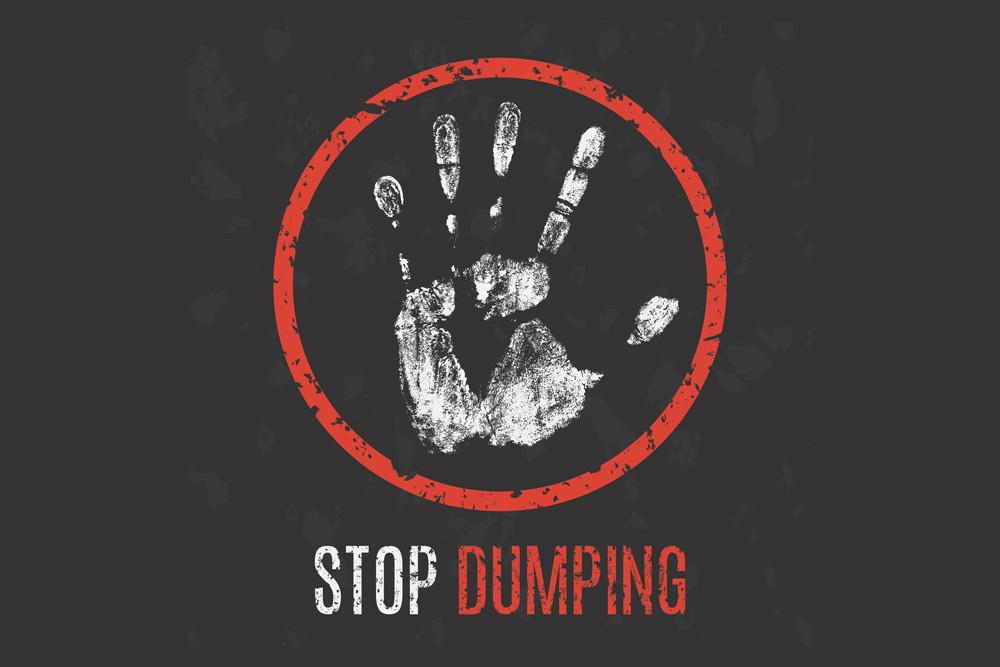
Introduction
Tort law is a body of rights, obligations, and remedies that is applied by courts in civil proceedings when there are no clear contractual relations between the parties. It mainly deals with compensation or tries to get the victim back to the state before the tort was committed.Internationally Recognised Principles of Tort Law
Due to its nature, there are infinite wrongs which can be governed by tort law. However, such wrongs have been broadly classified into three categories: intentional tort; harm caused due to negligence; and strict liability.Intentional Tort
As suggested by its name, intentional tort comprises of an intention to do certain act. For example, if a business representative knowingly makes false statements knowing that their counterparts would believe and rely on such statements and that doing so would cause them harm, it would constitute intentional tort.Negligence
To constitute negligence, firstly there should be a duty of care on the part of the wrongdoer towards the victim. Secondly, such a duty of care must be violated by the act of the wrongdoer. Finally, there should be a link between such act of the wrongdoer and harm or loss caused to the victim. An example of this would be where two neighbours share a wall to a premise. If the wall breaks and one neighbour’s water pipe leaks to the other’s property and floods it, the neigbour whose pipe leaked and flooded the other’s property would be liable for such negligence.Strict Liability
Strict liability differs from the two types of tort discussed above. In order to establish a tort under strict liability, there is no need to establish any intention or negligence on the part of the wrongdoer. Proof of injury would be sufficient establish tort. For example in case a manufacturer produces a faulty product which causes harm to the consumer of such product, the manufacturer would be liable under strict liability for the same.Nepali Perspective
Tort law is a recent phenomenon in Nepal as it was introduced only in 2017 through the Civil Code Act (referred to as “Act” in subsequent paragraphs). Prior to this, the remedies which would be provided under tort law was scattered in various legislation. However, with this new Act, tort law has been formally defined as a separate body of law.What Constitutes a Tort?
For Tort law to be enacted, there has to be loss or damage to a person’s body, life, property or right through another person’s negligence or reckless act. However, if there is a pre-existing contractual relationship regarding the same, it cannot be classified as a tort. If any act is treated as a criminal offence under the law or if the law provides a separate legal remedy, the same does not fall within the ambit of tort law.Liability
Determination of liability is an important aspect of tort law as it provisions for compensation to be awarded to the victims of tort. If there are multiple wrongdoers, and it is possible to separately determine their obligations in proportion to their wrongful act, they would have to bear the liability accordingly. However if such a determination cannot be made, all the wrongdoers are made liable on an equal basis. A person, firm, company or organisation may be held liable if the action done by their domestic helper, worker or employee causes another person to incur any loss or damage. This depends on whether such action was done in good faith. If such act is done by the worker or employee negligently or dishonestly, they would remain personally liable for the same. Further to this, property owners will be held liable for any loss or damage due to any of the following: (i) explosion or fire caused due to failure in adopting proper safety measures; (ii) emission of excessive smoke or noise in contravention of specified standards; (iii) tree blocking the way except if due to a calamity or act of a third person, and (iv) discharge of any infected or toxic substance openly without adopting proper precautionary measures as specified. However, if a person who is alleged of having committed a tort proves that the tort did not occur due to their own negligence, recklessness, fault or omission, such person is released from the liability.Compensation
The person who commits a tort as per the Act shall have to bear costs of compensation. Historically there have been cases wherein the courts have awarded high amounts of compensation in tort cases. An example of such instance is the Liebeck’s vs. McDonald’s case where a plaintiff Stella Liebeck suffered third degree burns when she accidently spilled hot coffee on her lap after purchasing it from a McDonald’s restaurant. She had to be hospitalised for eight days while she underwent skin grafting followed by two years of medical treatment. The New Mexico civil jury awarded her $2.86 million to her as compensation when she filed a tort suit against McDonald’s.Limitation Period
Any person who suffers any loss or damage as per the above is entitled to claim compensation under the Act. However they must file a lawsuit within six months of the act which caused them to be aggrieved.Takeaway
The practice of Tort law in Nepal is yet to mature. This means that we might expect to gain more certainty regarding practical application of the same after a few more years. In the meantime, it would be prudent for businesses to take into account their rights and obligations pursuant to Tort law so as to potentially avoid hefty compensation claims.
Published Date: December 16, 2020, 12:00 am
Post Comment
E-Magazine
RELATED Legal Eagle





